Vetiver (Vetiveria zizanoides), a family of Cereals (Gramineae) Parts of the plant going into processing: dried rhizomes Types of raw materials obtained: essential oil, concretes, absolutes (obtained as an experiment and not used in perfumery) Production methods: steam distillation Olfactory group: woody Position in the olfactory pyramid: middle and base notes with possible presence in the initial phase Vetiver essential oil is well suited for creating compositions with an emphatically masculine and classic, elegant profile. Thanks to its fragrance, which includes green, woody, smoky, slightly earthy, nutty and sweet lactone nuances, perfumers have the opportunity to give aromas dark shades and strict restraint, combined at the same time with velvety softness and moderate sweetness. In modern perfumery, among others, Haitian oil is particularly popular (softness, sweetness, nutiness and lactone are most pronounced in it, it is also a source of vetiverol), Javanese (earthy, dark, smoky, tart woody aroma) and Bourbon vetiver. Depending on the geography of its growth and technological features, it can have a color from light amber to brown, including olive and gray shades. The first vetiver fragrance created in France is officially considered to be Vetiver Carven (1957). Nowadays, vetiver is a part of chypre, fougere, floral and aldehyde compositions, and is also an independent element. Examples of fragrances with a bright vetiver note include Encre Noire Lalique, Grey Vetiver Tom Ford, Vetiver Guerlain, Fat Electrician Etat Libre d'Orange, Grenadille d'Afrique Aedes de Venustas, Terre d'Hermès Hermès and many others. The smell of vetiver essential oil is close to the smell of oil obtained from the round sativa (cyperus), so sometimes these two elements work in pairs to enhance and deepen the smoky and woody facets of the fragrance.

0%

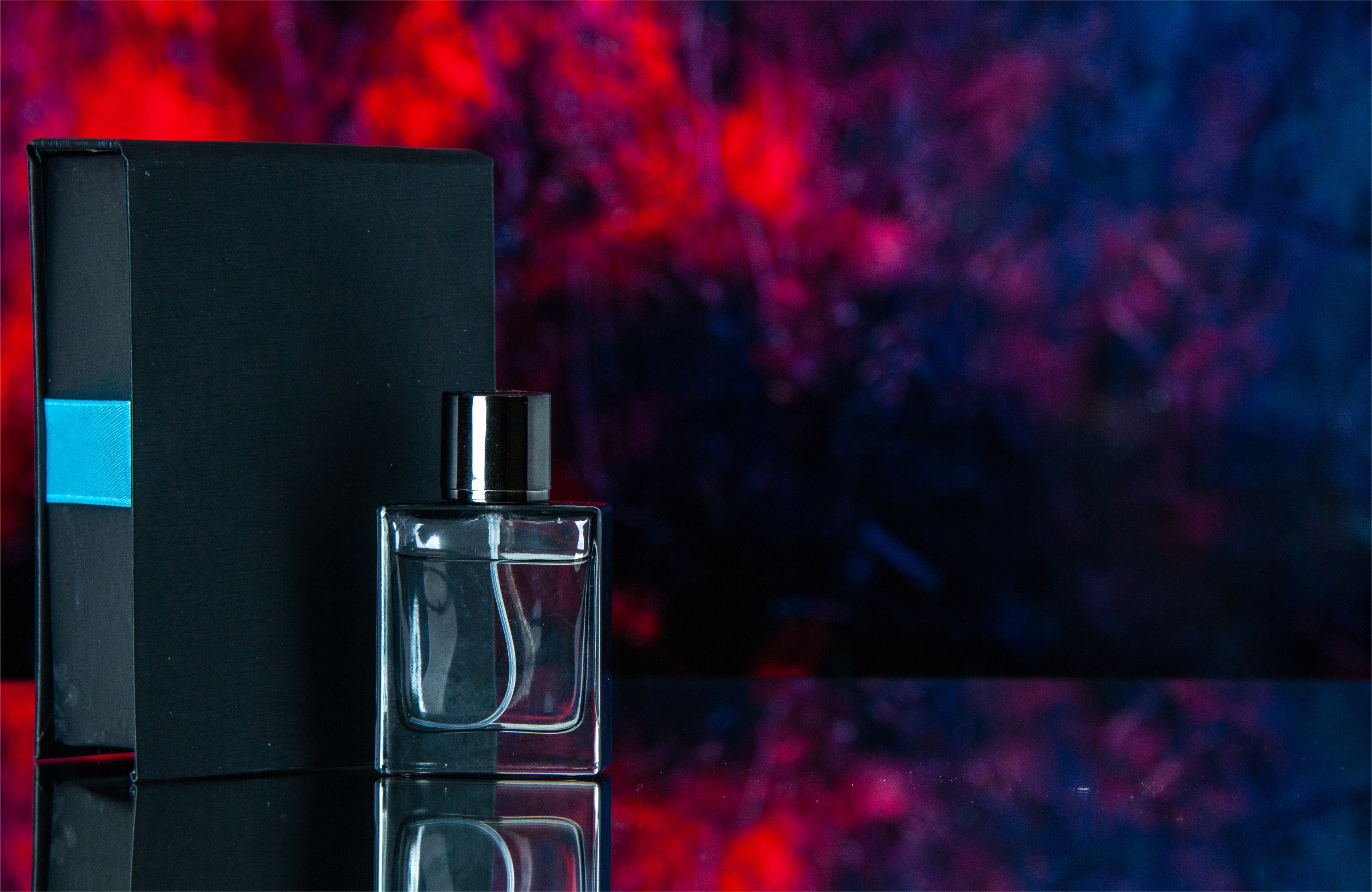
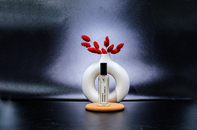
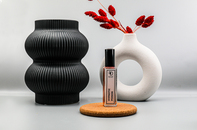
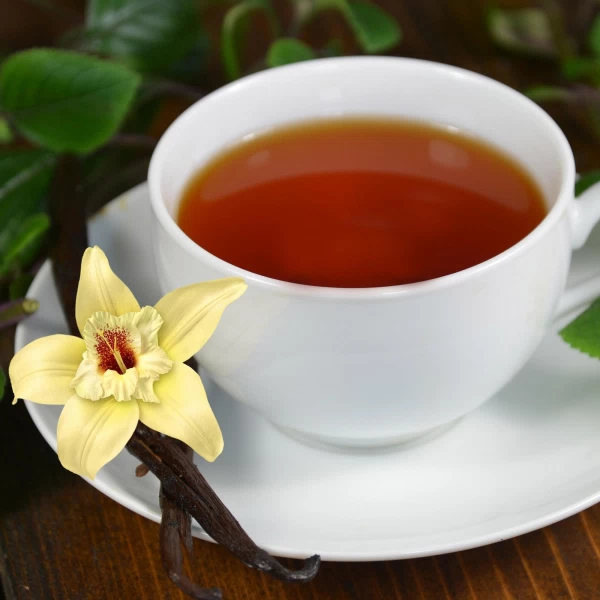


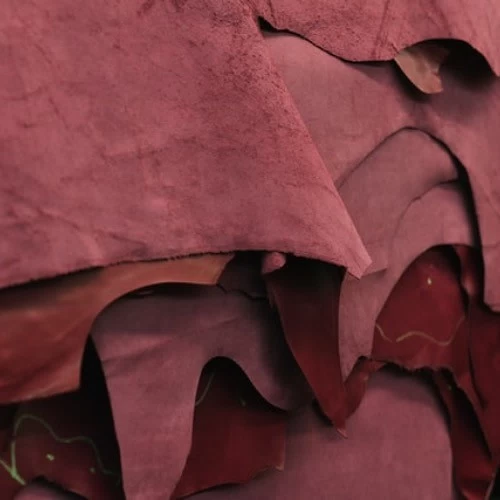
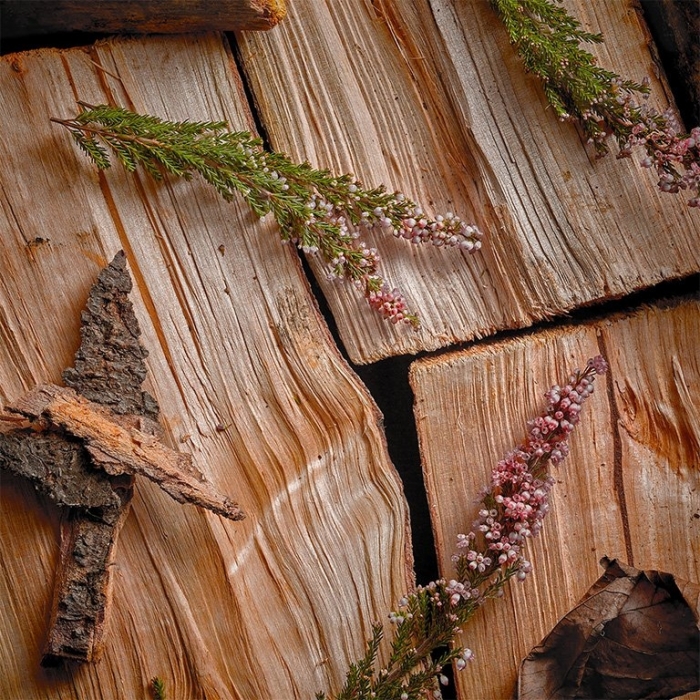
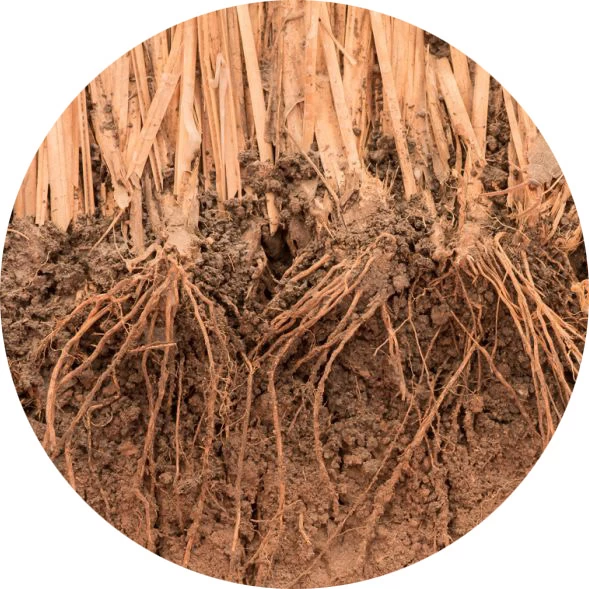
.svg)
